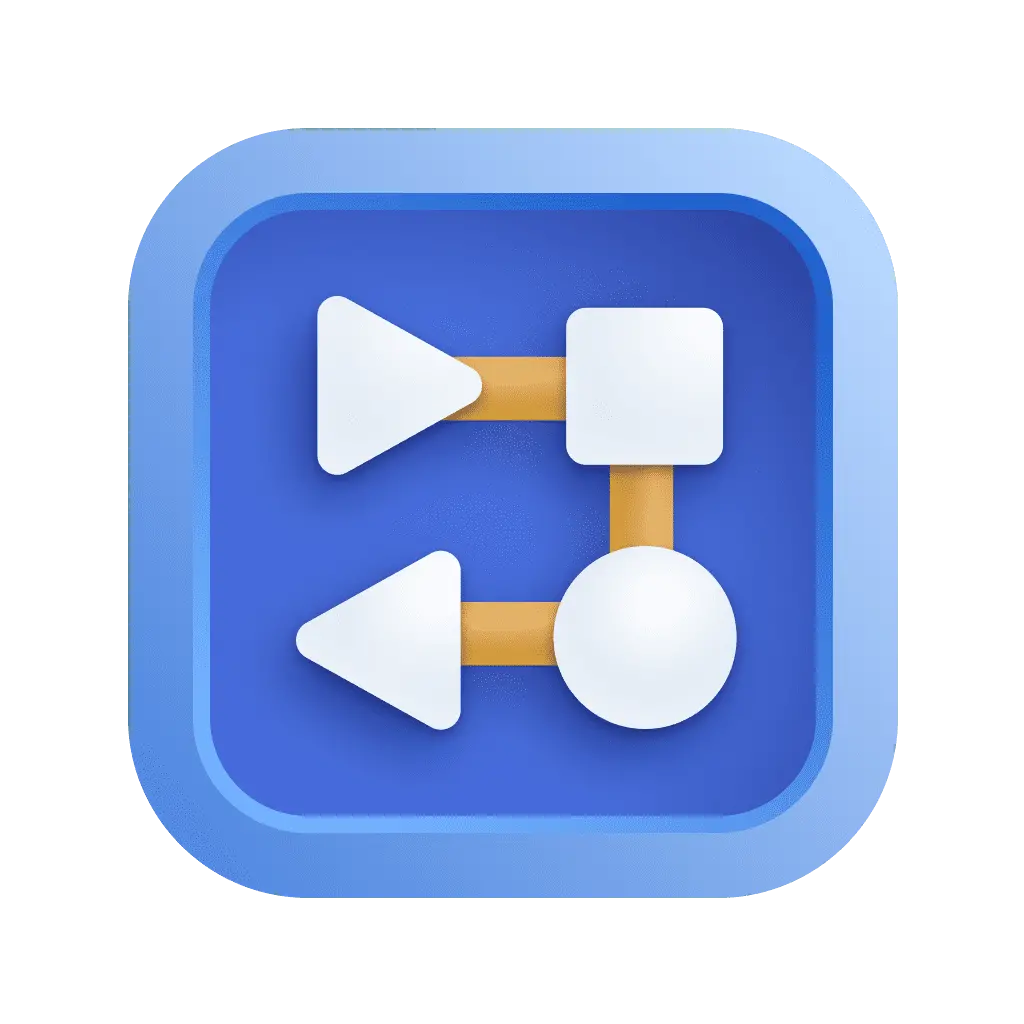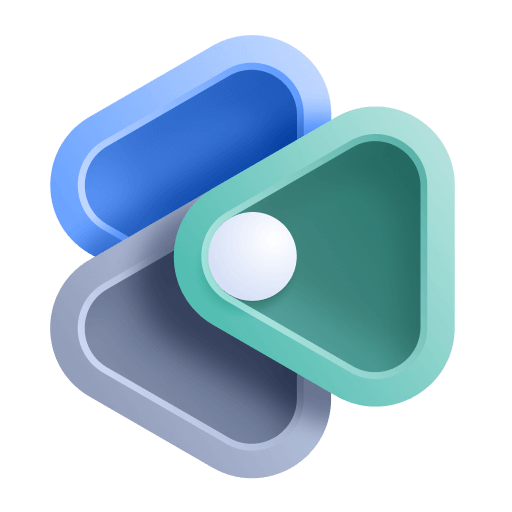- Latest Dynatrace
- App
- 4-min read
 Workflows
Workflows
 Workflows is a powerful tool that lets you automatically act on monitoring data.
Workflows is a powerful tool that lets you automatically act on monitoring data.
A workflow is not intended for mass data ingestion or mass data export. For large-scale data processing, consider using OpenPipeline or building custom solutions with Dynatrace Extensions.
For more information, see the quickstart example.
Prerequisites
Permissions
The following table describes the required permissions.
You might need additional permissions to run certain tasks in  Workflows.
Workflows.
For a complete list of permissions needed to use  Workflows, go to Hub, find and select Workflows, and go to the Technical information tab.
Workflows, go to Hub, find and select Workflows, and go to the Technical information tab.
For more information about  Workflows security, see User permissions for workflows.
Workflows security, see User permissions for workflows.
Installation
Make sure the app is installed in your environment.
 Workflows is your entry point to manage and monitor workflows. The app interacts with the automation service via its REST API. The automation service is responsible for processing your workflows and keeping track of the executions.
Workflows is your entry point to manage and monitor workflows. The app interacts with the automation service via its REST API. The automation service is responsible for processing your workflows and keeping track of the executions.
Workflow
A workflow specifies a repeatable process by assembling a series of tasks.
- The sequence of tasks is defined by their transitions, which allow for execution in series, in parallel, and with conditional paths.
- Workflows can be edited and monitored in a visual graph.
Simple workflow
A simple workflow specifies a repeatable process with only one task.
- Reduced functionality workflow with only one task, limited logging for executions, limited task options and conditions, and no JavaScript tasks allowed.
- No additional costs for creating the workflow, as simple workflows don't consume workflow hours.
Task
Each step in a workflow is called a task.
- A workflow keeps track of tasks and their order.
- A task defines a unit of work (for example,
Create Incident,Notify Ops in Slack, orGet error log count), including the conditions, retry behavior, timeouts and, most importantly, the input configuration required to achieve the work and provide a result to be used by subsequent tasks.
Action
An action is a generic, reusable function configured and triggered by tasks. For example, an action could be Create Jira Issue, while a task would execute the action with a specific configuration to Create Bug in Sample project.
- Actions are the tools to be assembled in your workflows to fit your custom process.
- Actions are provided out of the box by Dynatrace and partners and can be installed via Dynatrace Hub.
Execution
Workflows, tasks, and actions all define how work should be done. An execution represents a specific instance of running through that process.
- An execution is triggered either by a schedule, by events, or manually via
 Workflows or the REST API.
Workflows or the REST API. - Each execution of the same workflow might be different, depending on its parameters, inputs, and context.
- Each run of a workflow can be found as an individual entry in the Executions table.
To list past and ongoing executions
To list all executions in your environment, select Executions in the Workflows app header.
- To filter the table, you can specify a combination of
- Keyword: a search string
- Workflow: the name of the workflow as displayed in the UI
- Execution state:
Success,Running,Error, orWaiting - Trigger type:
Manual,Schedule, orEvent - Timeframe: a relative timeframe such as
Last 2 hoursor a custom timeframe with selectable From and To settings
- To list executions of a particular workflow, find the workflow in the table and select
> View execution history in the Action column.
To list executions of the workflow you are editing, select Executions in the editor.
EdgeConnect
EdgeConnect allows you to reach your non-public services in workflow tasks. HTTP requests happening within any type of action or platform function can be proxied via EdgeConnect into the target network.
Any HTTP request (from your custom app, workflow, or an ad-hoc JavaScript code) that matches a defined host pattern is handled by an EdgeConnect instance you specify in the platform configuration. For more information, see Configure and deploy EdgeConnect.
Learning modules
The following learning modules show how you can use  Workflows to automatically act on monitoring data.
Workflows to automatically act on monitoring data.
- How-to guide
- Build and run your first workflow.
- How-to guide
- Create and edit workflows in Dynatrace Workflows.
- How-to guide
- Build and run a simple workflow.
- Overview
- Introduction to workflow automation triggers for workflows.
- How-to guide
- Run and monitor workflows created in Dynatrace Workflows.
- Reference
- Guide on security aspects of workflow automation in Dynatrace Workflows
- Overview
- Use Dynatrace ready-made actions for your workflows.
- Overview
- Use Dynatrace ready-made actions for your workflows and integrate Dynatrace with third-party systems.
- Overview
- Manage your workflows
- Reference
- Get to know the workflows expression
- Overview
- Explore common Workflows use cases in Dynatrace deployments.
 Workflows
Workflows